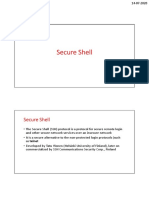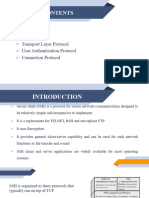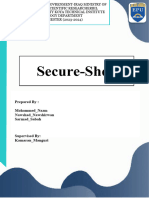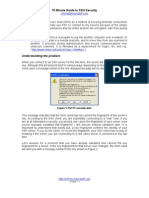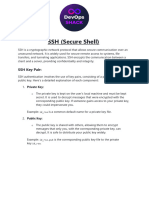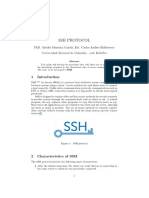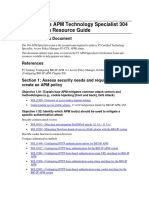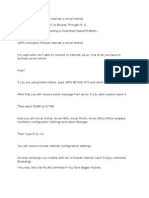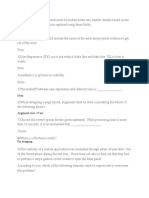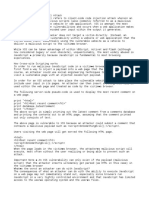0% found this document useful (0 votes)
43 views3 pagesHow Does SSH Work
SSH (Secure Shell) is a protocol for securely connecting to remote machines, ensuring confidentiality, integrity, and authentication. The connection process involves key exchange, server verification, session key setup, and client authentication. These steps protect against eavesdropping and tampering while enabling secure communication and file transfers.
Uploaded by
n.arularasanCopyright
© © All Rights Reserved
We take content rights seriously. If you suspect this is your content, claim it here.
Available Formats
Download as PDF, TXT or read online on Scribd
0% found this document useful (0 votes)
43 views3 pagesHow Does SSH Work
SSH (Secure Shell) is a protocol for securely connecting to remote machines, ensuring confidentiality, integrity, and authentication. The connection process involves key exchange, server verification, session key setup, and client authentication. These steps protect against eavesdropping and tampering while enabling secure communication and file transfers.
Uploaded by
n.arularasanCopyright
© © All Rights Reserved
We take content rights seriously. If you suspect this is your content, claim it here.
Available Formats
Download as PDF, TXT or read online on Scribd
/ 3

















